At auto shows, concept vehicles often steal the spotlight. While some of these studies ultimately become production cars, others remain unique and curious one-offs
Auto shows in Shanghai, Geneva or Paris are often venues for spectacular studies by car manufacturers. But while some concept cars are later available as production models, others remain one-offs forever. The reasons for this can vary – some concepts are ahead of their time, others fail due to negative feedback. Some are designed just for the wow effect at a car show. In this article, we present ten exceptional studies that never made it into series production.
Renault Trezor Concept (2016)

The Renault Trezor Concept from 2016 was unveiled at the Paris Motor Show as a striking all-electric Gran Turismo design by Renault. The vehicle’s notable feature was the absence of conventional doors; instead, the roof and bonnet opened to allow passengers to enter. Although the concept car was visually stunning, it was clear from the start that it was too unconventional to be produced on a large scale. Nonetheless, it remains an impressive design to admire.
Peugeot e-Legend (2018)
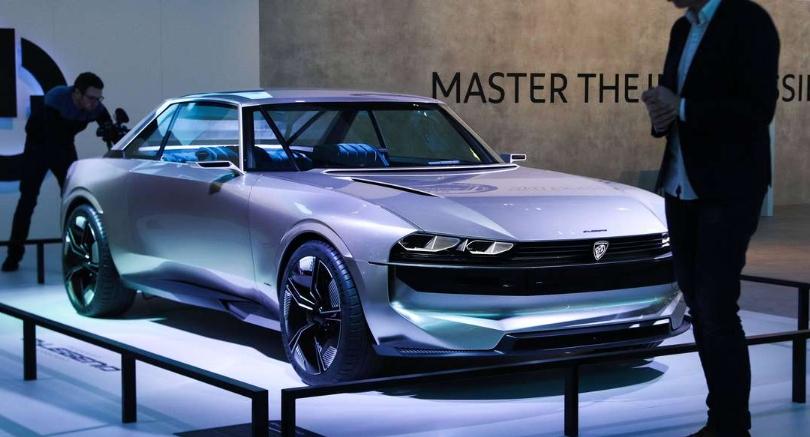
In 2018, at the Paris Motor Show, Peugeot presented a retro-style concept car named e-Legend. The vehicle’s design was inspired by the 1960s Peugeot 504 model, while its technology featured a fully electric drivetrain and autonomous driving modes, demonstrated by the steering wheel that could be lowered under the soundbar. Despite its futuristic features, the e-Legend remained a concept car and never went into series production.
VW Futura (1989)

In 1989, the VW Futura concept car was showcased at the IAA in Frankfurt. Gullwing doors were used in this show car to create excitement, although it was unlikely that this complex feature would be used in production models. In addition to the wing doors, the glass tailgate could be removed, making it similar to a T-top convertible. Although it never made it to production, the Futura did provide a glimpse of the design of the subsequent VW Sharan.
Audi Urban Concept (2011)

In 2011, Audi presented the Urban Concept at the Frankfurt Motor Show, deviating from its usual strategy of showing previews of upcoming production cars. The vehicle, designed for two people to sit one behind the other, boasted a sleek, racing-car aesthetic but was equipped with a modest electric engine consisting of two motors producing 20 horsepower. Weighing in at only 480 kilograms, the Urban Concept had a top speed of 100 km/h and a range of around 60 kilometers, making it suitable only for city driving. Despite a Spyder version being showcased later, neither iteration of the study went into mass production.
BMW M1 Homage (2008)
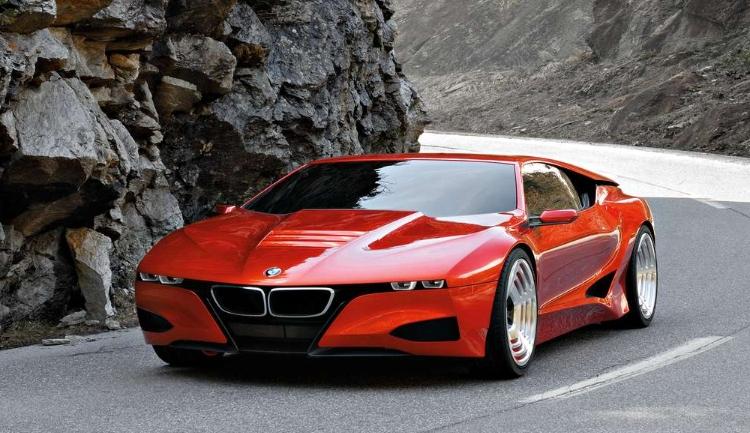
BMW’s legendary M1 super sports car was produced in limited numbers between 1978 and 1981, but its iconic wedge-shaped design has stood the test of time. In 2008, BMW paid tribute to the M1 by unveiling the M1 Homage at the Concorso d’Eleganza on Lake Como. The striking orange metallic concept car is an homage to the original M1, with a modern twist. While it never went into production, the M1 Homage inspired the design of another BMW sports car that did: the i8, which debuted in 2013.
Opel Monza Concept (2013)
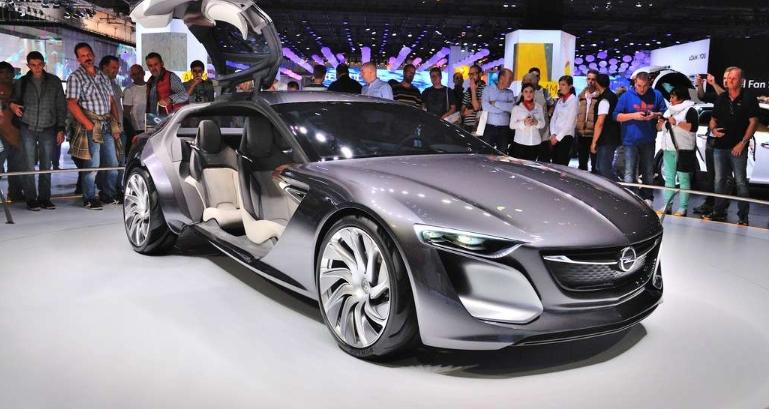
Gullwing doors are a rarity in production vehicles as the technology is complex and vulnerable, and they are usually seen only in super sports cars. However, they are always an attention-grabber, which is why they are perfect for trade fair studies. At the 2013 IAA in Frankfurt, Opel showcased the Monza Concept with gullwing doors. The slim chances of a luxury coupe like this from Opel going into production were evident from the start. The Monza Concept remained a one-off show car. If one wishes to drive a Monza today, they would have to look for an original built from the late 1970s.
Bugatti 16C Galibier Concept (2009)
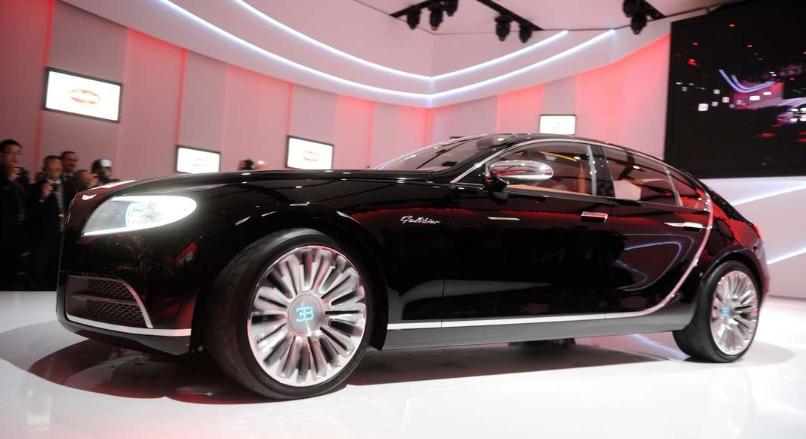
Bugatti is a brand that is widely known for producing super sports cars like the Veyron and Chiron, both of which are equipped with a 16-cylinder engine and generate over 1,000 hp. However, in 2009, Bugatti showcased the 16C Galibier Concept to selected guests as a vision for a French luxury sedan. The public was able to get a glimpse of the show car at the 2010 Geneva Motor Show. As the name suggests, the Galibier would have been powered by a powerful 16-cylinder engine. However, the Galibier never made it to series production, which makes the concept car even more exclusive. It also featured a tourbillon clock from Parmigiani Fleurier mounted on the dashboard, which could be removed and worn as a wristwatch.
Citroën Tubik (2011)
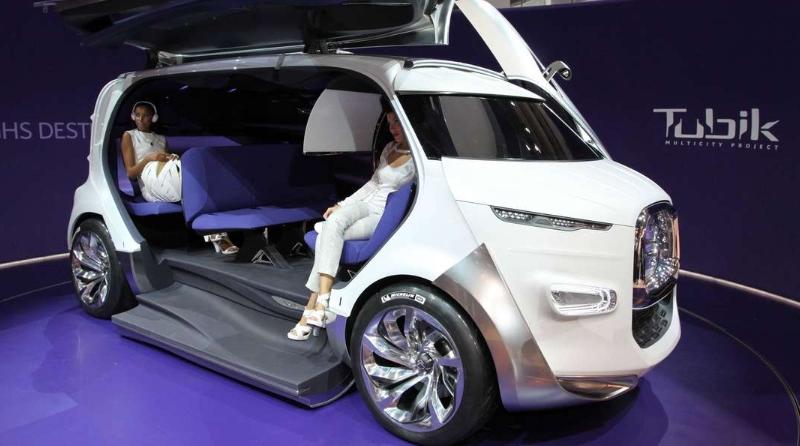
In 2011, Citroën presented the Tubik at the IAA in Frankfurt, challenging the conventional boxy design of vans. This unique concept vehicle boasts an unusual and somewhat controversial front-end design. Access to the lounge-like interior is granted via a massive double door. The seating arrangement offers maximum flexibility, including the ability to transform into a bed. Despite its extreme features, the Tubik remained a one-of-a-kind concept car.
BMW E1 (1991)
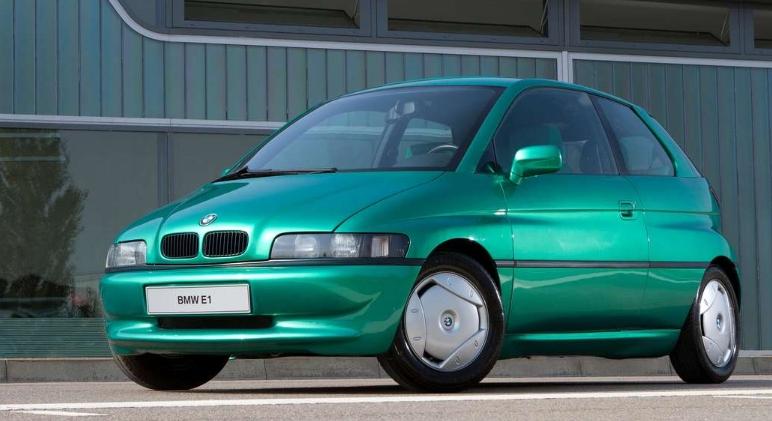
The BMW E1, showcased by the Munich-based company at the 1991 IAA in Frankfurt, is a prime example of a concept vehicle that was way ahead of its time. This compact electric car could accommodate four people and had a length of nearly 3.5 meters. It was powered by a sodium-sulfur battery with a 20 kW capacity that provided a range of around 200 kilometers under favorable conditions. The 32 kW electric motor, a BMW hallmark, drove the rear wheels, and the car had a top speed of 120 km/h. In 1993, BMW introduced a second version of the E1, which was equipped with an internal combustion engine. Despite the advancements, neither version of the E1 made it to series production. Nonetheless, some consider the E1 as the forerunner of the i3, which was introduced in 2013.
Mercedes Nafa (1982)
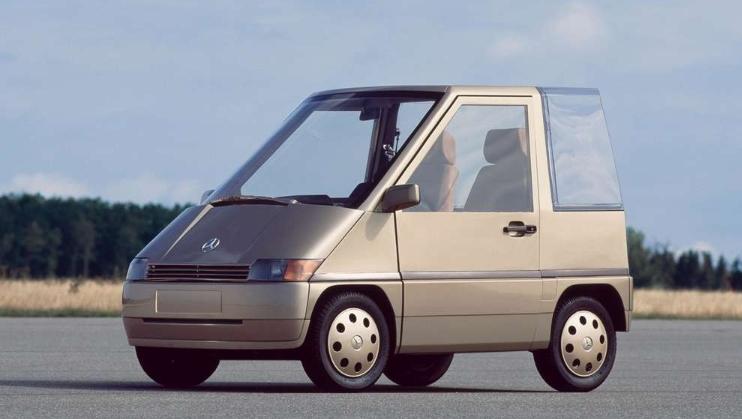
One would not typically associate the Nafa study with Mercedes upon first glance. Nonetheless, the Swabians did indeed unveil this concept car in 1982 – Nafa being an abbreviation for “local traffic vehicle”. The angular box, measuring just 2.5 meters in length, 1.5 meters in width and height, was able to accommodate two people and was designed as a minimalist city mobile. Despite its unconventional appearance, the Nafa concept never entered production, but is still considered to have paved the way for later urban vehicles such as the Smart or the A-Class.